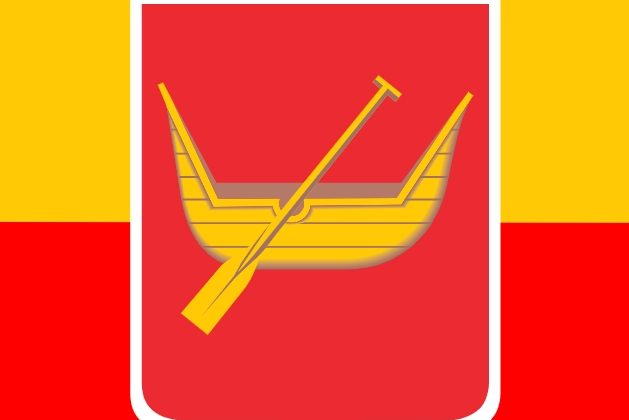City of Trebinje
Site Description
The city of Trebinje is located in the south of Bosnia and Herzegovina in the border area with Croatia and Montenegro. It has characteristics of Mediterranean city the climate, in addition to a large number of sunny days, is characterized by low relative humidity and cloudiness, increased air currents, rains in winter and warm summers. The case study represents an undeveloped river island located near the city center.
Health Environmental Social issues
The average annual air temperature in Trebinje is around 14.5 ° C. The area is covered with grassy areas and embankments have been made for the purpose of arranging the riverbed and flood protection. In case of high water levels, the area in question is partially flooded. since the site is undeveloped and does not have a high green structure, it is characterized by a high degree of sunshine. The climate is characterized by constant air currents of different intensities from pleasant mild winds to those of high strength that should be taken into account when planning the space. Although it is unarranged locality of the case study is attractive in its natural aspects and represents an excellent starting point in the formation of a future settlement and recreational zone tailored to man for the better common good of the citizens. Recreational zones and staying in natural landscapes contribute to better physical and mental health of people and it is very important to feel the space and potentials offered in order to achieve the best possible contact with nature. In terms of the social aspect, it is important to achieve interaction between the citizens and future residents of the area. Open public spaces are important as a meeting place and exchange of information, which contributes to the better functioning of the community.
Demonstration activities
The location of the case study is undeveloped and has so far not been specifically linked to demonstration activities. The youngest residents were involved in various nature cleansing activities and developing an awareness of preserving what we have. This can be used to conduct various workshops on-site for a more detailed analysis of the space. Attention is focused on the attractiveness of the location and its turn towards renewable energy sources since there is a main prerequisite because the location is an undeveloped environment. There is significant contact with the river and the use of water potential for recreational and energy purposes. If we look at the history of the site, it was a large orchard that was abandoned and destroyed in a fire a few years ago. Workshops could be organized to study the green structure and types of fruits that would be suitable for growing in public spaces and the formation of vertical gardens that would be used in the diet of the inhabitants of that area. There is significant room for enhancement of the environmental/eco value in Trebinje. In this case study, it is possible to implement advanced planning technologies, which will lead to the improvement of citizens’ health and well-being. In this new area, it Is important to plan green buildings. They are buildings that are designed and built in a way that has minimal environmental impact throughout the entire building life-cycle.





